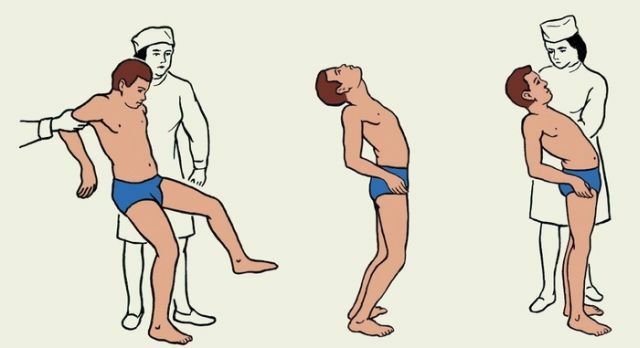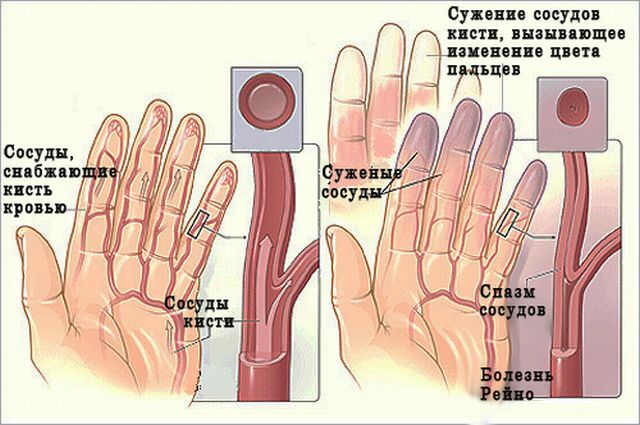
Friedreich's hereditary ataxia( AF) is a disease in which is damaged in the nervous system by the degenerative scenario.
This is autosomal recessive( the disease will manifest if the child has inherited the disease gene from both parents), characterized by a mutation of the gene responsible for the encoding of a protein called frataxin( a mitochondrial protein responsible for iron removal).The disease was named after the German physician Nikolaus Friedreich( 1825-1882), who described her at the age of 35.
Ataxia is a disease that causes inconsistency in muscle movement.
Causes of the disease
When the gene is mutated, iron accumulates in the mitochondria.which leads to an excess of iron, and the accumulation of free radicals and various injuries( because of their uncontrolled chemical activity).
Primarily affected by neurons, heart muscle cells, pancreatic cells responsible for insulin synthesis, retinal cells and bone cells. All these lesions lead to the appearance of characteristic symptoms of AF in the central and peripheral parts of the nervous system, diabetes, myocardiopathy, eye disorders and bending of the bones.
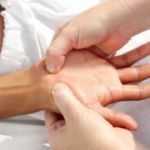 Loss of sensitivity or hypoesthesia - prevention, causes and treatment of the disease. Complex of disorders or hypothalamic syndrome of the pubertal period - which is typical for the syndrome at this age and what methods of treatment are offered by modern medicine.
Loss of sensitivity or hypoesthesia - prevention, causes and treatment of the disease. Complex of disorders or hypothalamic syndrome of the pubertal period - which is typical for the syndrome at this age and what methods of treatment are offered by modern medicine. Clinical picture of
In most cases, the first manifestations of Friedreich's ataxia are typical for the age of 10 to 20 years, but with a lower incidence the onset of the disease is possible on the third and fourth dozen lives.
First, the disrupts the gait of the patient - she becomes shaky and insecure. Characteristic of frequent stumbling and falling.
The second is the disorder in the hand movement of , a jitter appears that leads to a change in handwriting. Further speech is broken - it becomes slow and illegible, the auditory function decreases and there is a constant weakness in the legs.
Neurology distinguishes two types of AF cerebellar and sensetive.
It is hard for a patient to perform a Romberg pose( standing position, legs together, eyes closed, arms extended forward), misses attempts at a heel-knee test( lying on his back with closed eyes, lifting one leg high and trying to get a heel to the knee of the other leg)Samples( get a finger with closed eyes in the tip of the nose).
Achilles and knee reflex disappear. The syndrome of the Babinsky develops - when the external side of the foot is irritated, the big toe is extended.
If the disease progresses, then there is a total loss of periosteal and tendon reflexes, there is a violation of vibration sensitivity and joint-muscle feeling.
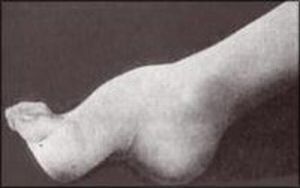
In the photo, a symptom of Friedreich's hereditary ataxia is Friedreich's foot
is a loss of muscle tone and paresis of various muscles, primarily in the distal parts of the lower limbs. Then the muscles of the hands are affected, because of which a person loses the ability to self-service.
Some develop dementia ( acquired dementia) and pelvic disorders that can be accompanied by running eyes, blindness due to optic nerve atrophy and hearing loss.
Outside the nervous system, the following disorders are observed:
- In 90% of cases, affects the heart muscle causing arrhythmia and heart failure.
- The foot of the Friedreich is a foot with a high and concave arch, with bent extremities and unbent basic phalanges. Also note clubfoot, scoliosis and curvature of hands and feet.
- Disorders in the endocrine sphere - Iphantilism( preservation of signs of earlier stages of growing up), diabetes mellitus, hypogandism( appearance with female features due to decreased production of androgens) in men, ovarian dysfunction in women. Occasionally, there is a cataract.
Diagnostic procedures
Often patients with ectraneural manifestations of AF fall ill admission to a neurologist only after the onset of neurologic symptoms.
Until then, they can be treated for a few years without much success by the cardiologist from arrhythmia, or from an orthopedist from bending of bones.
magnetic resonance tomography is used for instrumental diagnosis of Friedreich's hereditary ataxia, which allows detecting atrophic changes in the medulla oblongata and cerebellum, a decrease in its width and other atrophic degradation is observed in the spinal cord.
Computerized tomography makes sense to use only in the late stages of the disease, as in the early stages it is able to detect only the atrophy of the cerebellum.
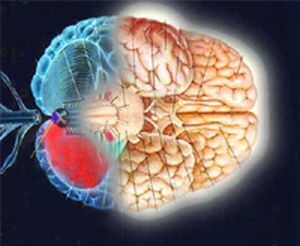 Conductive brain pathways are examined by transcranial magnetic stimulation based on the laws of magnetic induction, peripheral nerves are studied by electroneurography and electromyography.
Conductive brain pathways are examined by transcranial magnetic stimulation based on the laws of magnetic induction, peripheral nerves are studied by electroneurography and electromyography.
With AF, a significant decrease in the action potentials of motor nerve fibers is observed against a background of loss, up to a total lack of sensitivity.
If extranormal manifestations of AF occur, then additional research methods appropriate to these symptoms are used. Of great importance is the study of the patient's genetics, through DNA diagnostics.
Compare the patient's blood samples with his parents and other blood relatives. At the stage of pregnancy, AF can be detected at 8-12 weeks of DNA diagnosis of chorionic villi or at 16-24 weeks by examining the amniotic fluid.
Treatment procedures
For the treatment of AF, 3 types of metabolic medicinal preparations are used:
- cofactors of enzyme reactions( increase the number of reactions);
- stimulators of respiratory function of mitochondria;
- antioxidants( substances retarding oxidation).
In addition, heart drugs are used to improve metabolism in the heart muscle, neuroprotectors, nootropics( drugs that activate cognitive functions).
In cases of muscle spasms , botulinum toxin is used in the form of intramuscular injections, in the presence of curvature of bones, surgical operations are performed.
Therapeutic physical training aimed at training coordination and muscle strength can effectively resist the degrading effect of AF and reduce painful sensations.
In the diet of , patients should reduce carbohydrate intake, an overabundance of which leads to aggravation of symptoms.
Forecast
Friedreich's ataxia is characterized by a steady progressive course, which sooner or later leads to a fatal outcome. Death occurs due to cardiac or respiratory failure.
According to the statistics of , up to 35 years approximately 50% of patients do not survive.
In women, the disease lasts at least 20 years, and for men this figure is 2/3.Occasionally, if there is no diabetes and problems with the heart, the patient can live to the advanced age and overcome the 70-year-old line.
Video: Friedreich's Ataxia
Hereditary degenerative disease of Friedreich's ataxia. The lecture is read by the doctor of medical sciences Kotov NS.


